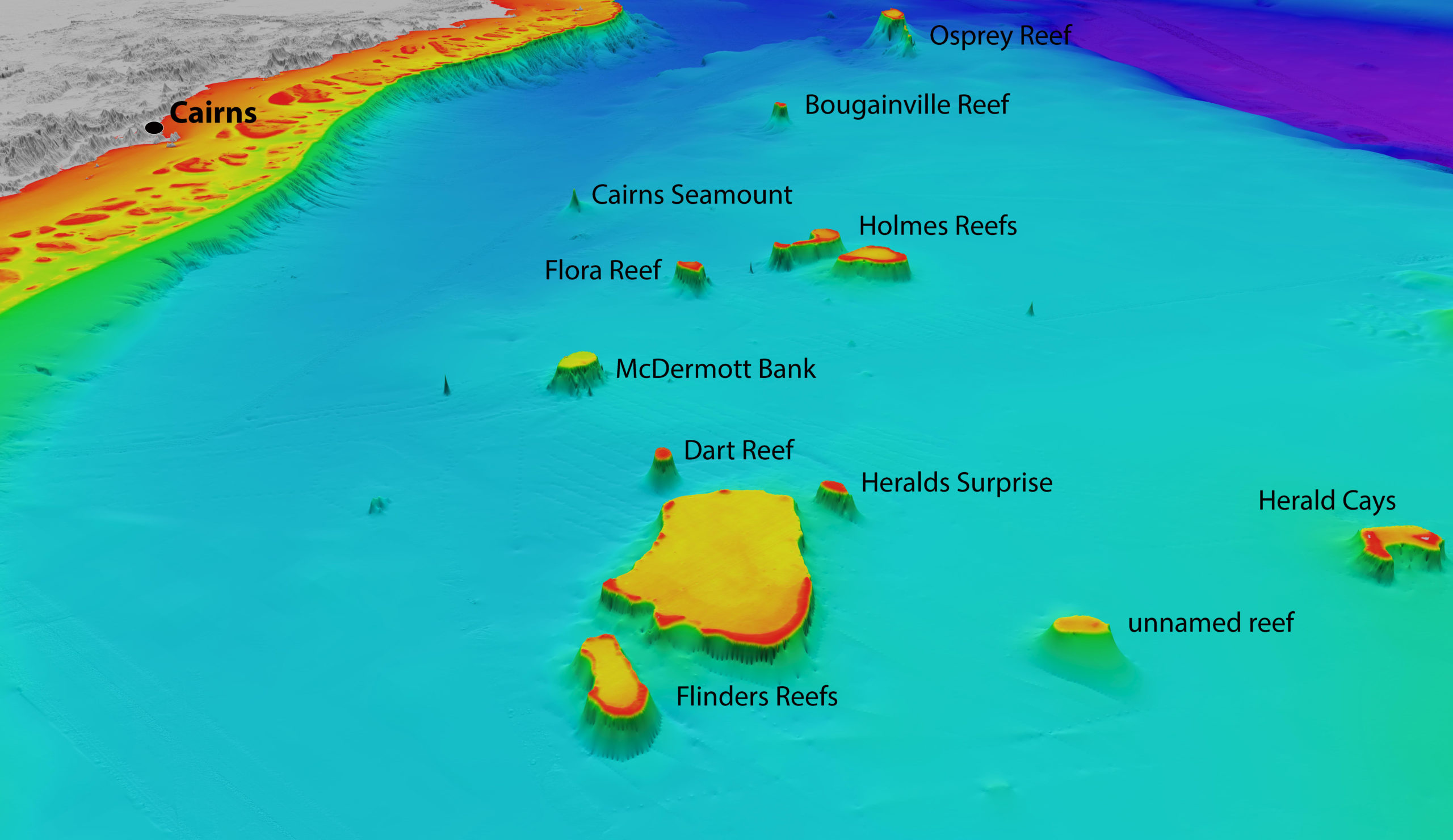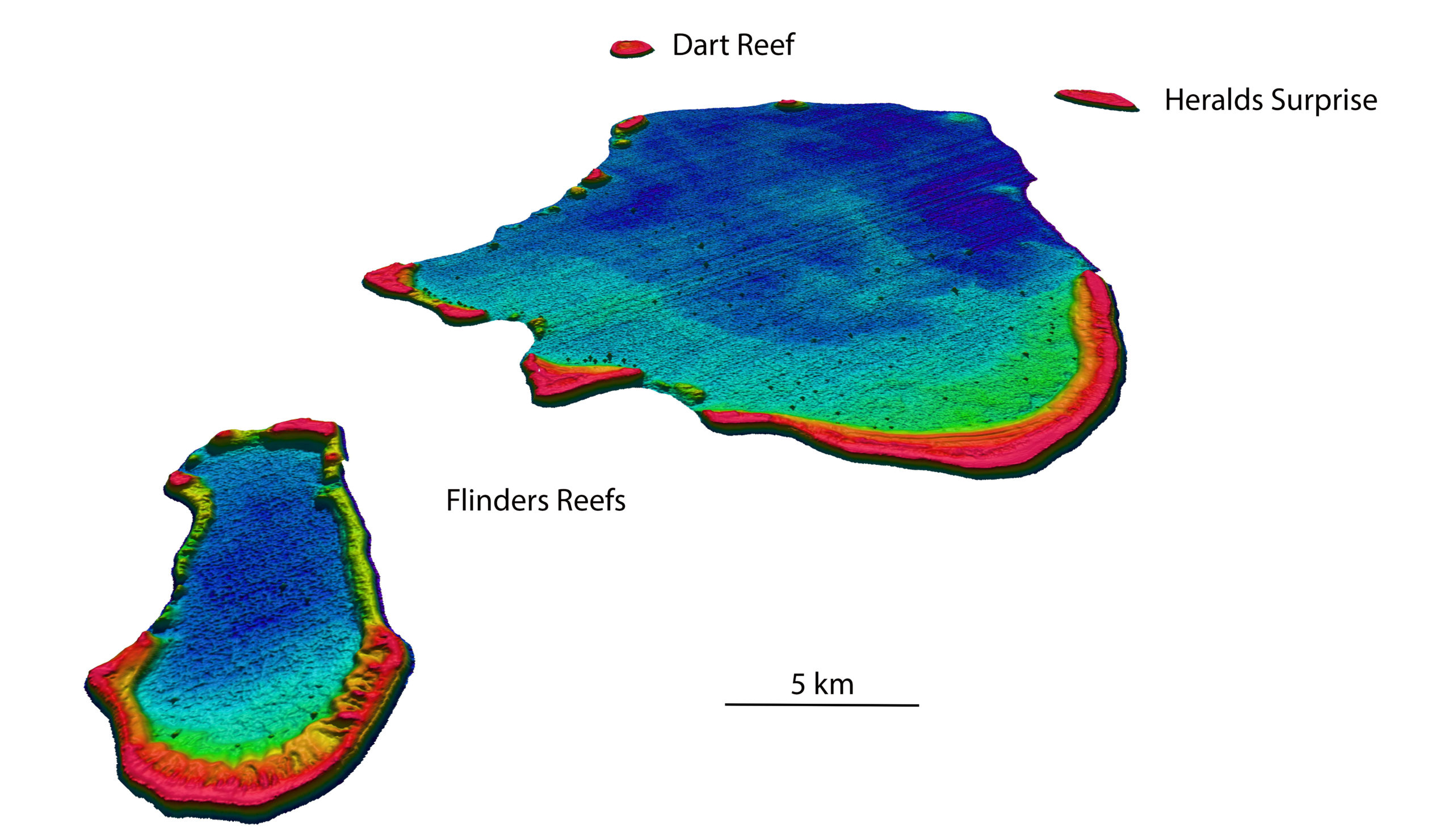
International Human Space Flight day: Celebrating our Space dreams!
“The Sky is the limit only for those who aren’t afraid to fly!” ― Bob Bello
They say that our ancestors and the ones before them, have always wanted to take flight and reach for the moon! It has been a few million years since the first humans appeared on the surface of this wonderful planet and they all dreamt of taking flight and going to space and for thousands of years that dream remain elusive and too futuristic. Although mankind progressed from a hunter-gatherer to a sophisticated species capable of building cities, the space remained elusive. Never has a dream united mankind like our elusive dream to conquer space has!
That dream remained elusive and impossible until Sergie Korolev and his team launched Yuri Gagarin to Space. A race to space that was being played out across two continents by two men – Sergie Korolev and Dr. Von Braun. It’s hard to comprehend an achievement of this magnitude; think about it – Humans have dreamt of going to Space for at least thousands of years and now it has become something routine with the International Space Station. The more you think about it, the more overawed you feel about our Space program!
The International Human Space Flight Day (Cosmonaut Day in Russia) is held on April 12th each year to celebrate the biggest achievement of mankind.
Here’s wishing all success to future space mission and for greater cooperation between nations and men! To outer space and beyond! Godspeed…
Did you like this post? Read more and subscribe to our monthly newsletter!









